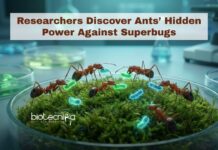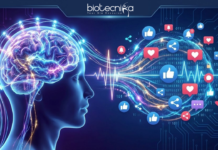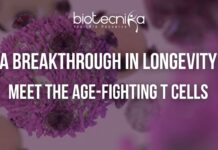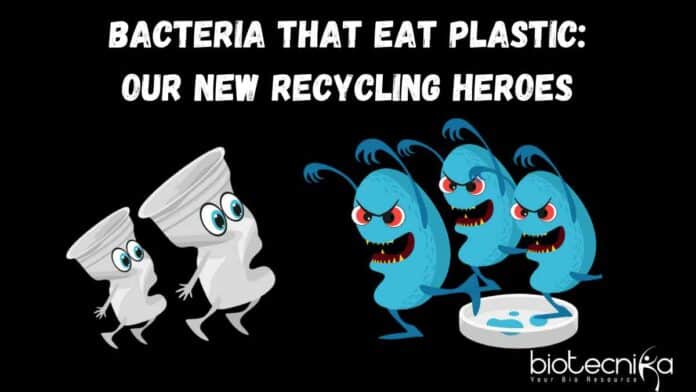Bacteria That Eat Plastic: Our New Recycling Heroes
Introduction:
In 2001, a group of Japanese scientists stumbled upon a remarkable discovery in a trash dump – bacteria that were feasting on plastic. These microorganisms had a unique ability to break down plastic materials like bottles and toys and use them as a source of energy and growth. While this finding seemed intriguing, it didn’t garner much attention at the time. Fast forward to today, and these plastic-eating bacteria may hold the key to solving our growing plastic waste crisis.
The Plastic Problem:
Over the past two decades, plastic pollution has reached alarming levels. We’ve generated an astonishing 2.5 billion tons of plastic waste, with an additional 380 million tons produced each year. This rate is expected to triple by 2060 if we don’t find sustainable solutions. Huge patches of plastic waste now mar our oceans, while plastic litter chokes our beaches and landfills. The problem is so dire that even microscopic plastic particles, known as microplastics and nanoplastics, have infiltrated our food chain, making their way into fruits, vegetables, and even our own bodies.
The Flaws in Current Recycling:
Our current methods of recycling and breaking down plastics have significant shortcomings. Traditional recycling often involves crushing and grinding plastic, weakening its quality with each cycle. Unlike materials like glass and aluminum that can be recycled indefinitely, plastic deteriorates quickly. Shockingly, just 9% of all plastic ever produced actually gets recycled. The most common disposal method for plastic is incineration, which releases harmful carbon emissions into the atmosphere.
Enter the Plastic-Eating Bacteria:
The breakthrough came when Kohei Oda and his team at the Kyoto Institute of Technology identified these plastic-eating bacteria, which they named Ideonella sakaiensis. In 2016, they published their discovery, which sparked widespread interest. They even identified a specific enzyme produced by these bacteria that breaks down polyethylene terephthalate (PET), the primary plastic used in clothing and packaging.
But it’s not just about one type of bacteria and one type of plastic. Scientists now believe that microbes hold the potential to address various environmental challenges. Microbiology has undergone a revolution, revealing the incredible diversity and capabilities of these tiny organisms. As we face complex problems, many scientists, like Oda, believe that nature often holds the answers, and microbes could provide the solutions we need.
Challenges and Progress:
While the plastic-eating bacteria offer hope, challenges remain. These bacteria need to work faster and more efficiently to make a meaningful impact on plastic waste at a large scale. In initial lab tests, they took weeks to break down even a small piece of plastic.
To accelerate their plastic-degrading abilities, scientists are using genetic engineering and enzyme manipulation. Enzymes are molecular machines that facilitate chemical reactions at the microscopic level. By altering the DNA that codes for these enzymes, scientists aim to enhance their performance. However, this process is not without its challenges, as nature’s complexity often defies straightforward manipulation.
The Path Forward:
Despite these hurdles, researchers are determined to unlock the full potential of plastic-eating microbes. Efforts are underway to discover more efficient enzymes and microbes that can break down a wider range of plastics. Bioprospecting, the search for valuable microbes in nature, has gained momentum, with scientists exploring unique environments like municipal dumps and mangrove swamps.
Microbiology, once considered a lesser-known field of science, has become a crucial player in addressing modern environmental challenges. The ability of microbes to adapt quickly to changing conditions and their remarkable diversity offer hope for tackling problems like plastic pollution. While challenges and uncertainties persist, scientists are optimistic about the potential of these tiny heroes in our quest for a cleaner, more sustainable future.
Conclusion on why Bacteria That Eat Plastic is significant:
The discovery of plastic-eating bacteria may have started as a curiosity in a Japanese trash dump, but it has since evolved into a potential game-changer in our fight against plastic pollution. While we’re still on the journey to harness their full power, these microscopic heroes offer a glimmer of hope in an otherwise dire environmental situation. As we continue to explore the hidden world of microbes, we may find even more innovative solutions to the complex challenges we face on our planet.
Editor’s Note: Bacteria That Eat Plastic. Please ensure you are subscribed to the Biotecnika Times Newsletter and our YouTube channel to be notified of the latest industry news. Follow us on social media like Twitter, Telegram, Facebook and Instagram.






















